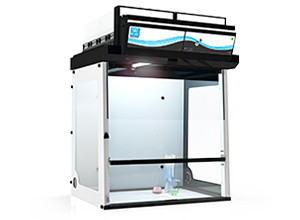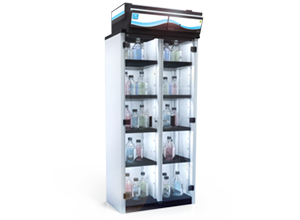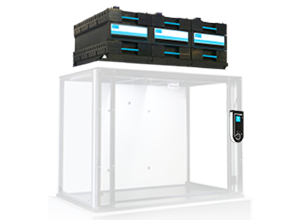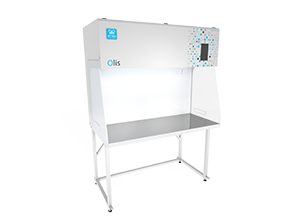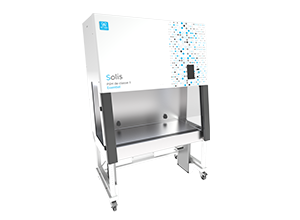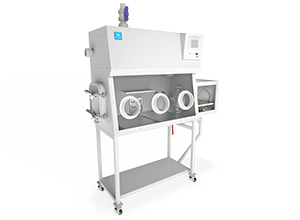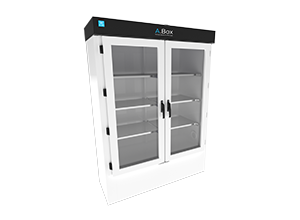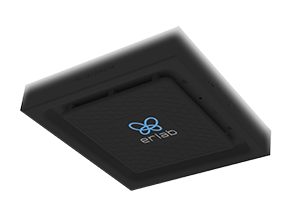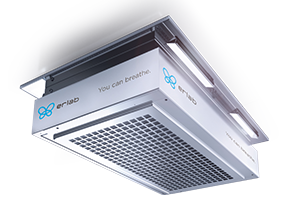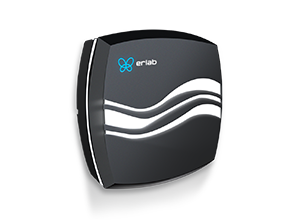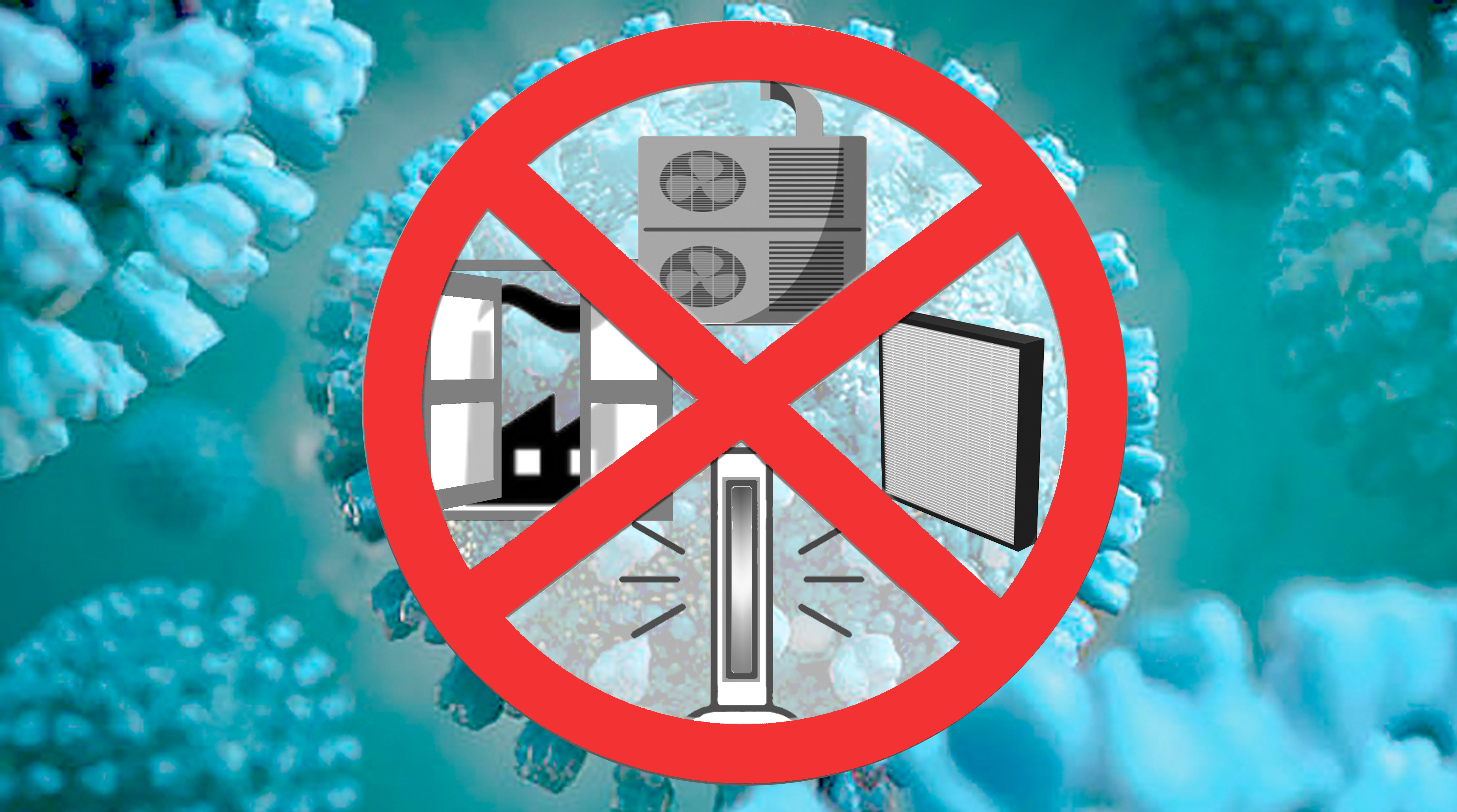As uncertainty is becoming a part of our everyday lives, it is unfortunate that your safety is as well. While many are looking for solutions to mitigate the risk of aerosolized viral transmission, they are finding themselves confused about the many products available from air filters to UV-C, and ionizers. As you research the available options, you will find what seems to be endless companies providing the “best” effectiveness, with all of them promoting 99.9% efficiency.
Facts vs. Startup Placebo Products
Unfortunately, most of these products are only providing a “placebo” effect and therefore a false sense of security, while in fact, risking the health of those who utilize these products as their primary means of aerosolized virus mitigation. With your purchase you are made to believe these products have drastically increased the safety of your facility. After all, 99.9% efficiency, why wouldn’t you? Let’s take a deeper dive into all the products and technology available and discuss how Erlab provides a true solution, not one inflated by deceitful efficiencies.
Know the limitations and facts of products guaranteeing safety from COVID 19
First, there are NO guarantees, reading such a statement should immediately raise skepticism. What there is however are scams. Delving into the details you can be easily misled into thinking these products will work effectively as many of the websites are visually appealing, designed to catch your eye and, on the outside, appear to be an ideal solution. The three biggest offenders are:
- Ultraviolet Light – UV (C, or X)
- MERV 13 filters used in HVAC systems
- Floor HEPA filtration units
What these products fail to mention is that any level of testing which was performed was done so in a perfectly controlled environment, specifically designed to show superior results of their products. We are going to critique these aspects and share what the experts have to say on the subject of safe air filtration solutions for commercial applications.
Using UV Light to Inactivate Covid-19
“There’s only one type of UV that can reliably inactivate Covid-19 – and it’s extremely dangerous. You would literally be frying people,” says Dan Arnold, laughing in disbelief. (April 2020- https://www.bbc.com/future/article/20200327-can-you-kill-coronavirus-with-uv-light UV Light Technology)
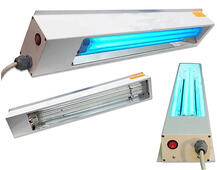
The article quoted above addresses the use of UV-C and while both UV-A and U-V-B damage the skin – nothing in the UV options is as damaging as UV-C. The author goes on to explain that ‘the highest exposure of UVC is needed to possibly kill the virus, but the amount of ultraviolet required varies widely, depending on factors such as the shape and type of material the virus is on’. There is a good reason WHO issued a warning to people to not use UV light to sterilize their hands or skin anywhere.
The scientific community agrees that using this technology to supply continuous air disinfection that would disrupt micro-droplets is not effective and can be dangerous. In addition, UV-C is being promoted as an integrated solution to add within the HVAC system in stream of the airflow, advertising that this will “immediately” kill any virus that passes through the wavelength released. This is a contradictory claim at best considering average inactivation takes up-to 8 minutes. While good in a controlled setting such as a Biosafety cabinet, these are not ideal for open areas.
Retrofitting HVAC Systems with MERV13 filters
The current recommendations in place from the Center for Disease Control (CDC) and the American Society of Heating, Refrigeration and Air conditioning Engineers (ASHRAE) is that buildings and facilities can reduce airborne particulate transmission by increasing outdoor air MERV13 Pleated air filterventilation and the efficiency of filtration (using MERV13 filters). These recommendations are however, a one size-fits-all approach and they don’t take into consideration important factors such as location or the climate where the facilities are located. Adhering to these recommendations has the likelihood of making the situation worse. For example, depending on the climate, increasing ventilation via HVAC or even opening a window will increase the moisture and humidity in the building. Viruses and mold love moisture. And with the increase of outside air, so too is the increase in polluted air (PM 2.5) that enters the building, increasing the risk of what is known as sick building syndrome (SBS).
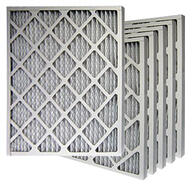
Understanding the MERV Filter Domino Effect
Using the higher rated MERV filters can only help so much and in fact can cause a domino effect that increases the possibility of small viral particulates not being captured and actually disseminated. The dominoes fall something like this:
- Increasing filters efficiency increases resistance or static pressure in an HVAC system
- This results in a drop in airflow delivered to the space
- Airflow interruption slows the fan velocity across the cooling coils causing coils to freeze up
- Fan speed can be increased in commercial applications to try to avoid this, but faster fan speed can further circulate small aerosolized particulates movement in the space and incurs additional energy costs.
ASHRAE also recommends that buildings ‘keep systems running 24/7′, but here again you will have issues with energy consumption and overcooling the space which has to be controlled. Review of the issues covered here (and many more not discussed) do not support the use of MERV filtration in HVAC systems as a way to stem the invasion of aerosolized viral particulates as the variables from system to system, and climate/location, are not a one size fits all scenario.
A Good Deal Now Available in Commercial Spaces – Floor HEPA Air Filtration Units
…Or so the hundreds of overnight companies promising COVID relief would have you believe. The facts are very distant from the marketing. The EPA recommends filtration that “does not blow Floor Model Air Purifier directly from one person to another with the potential of spreading droplets that may contain infectious viruses.” Yet this is exactly what is happening with floor HEPA units. No matter where one of these units is placed in a room, the main thing to remember is that it is ‘on the floor.’ Even if the units were strong enough to pull in air from all directions, they are pulling potential viral aerosolized droplets across the room at the perfect level to infect people who are standing or sitting in that room before reaching the unit. The information provided by these companies contains false advertising with no factual data of the product’s actual effectiveness in real life scenarios. No consideration is given to air flow patterns, and ventilation effectiveness (VEFF).
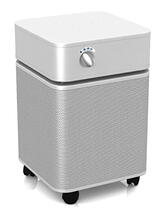
You may see some companies boast that their HEPA filtration can remove 99.97% of particles of air passing through it, sounds impressive right? The problem is these purifiers tend to be small and modest-sized, which translates to a relatively small amount of air passing through the filters, which could then take hours to filter all the air, at which time the virus droplets would have dropped out of the air and become infectious.
Arriving at the best solution for commercial mitigation of aerosolized viruses
Erlab has over 53 years of experience in the design and manufacturing of exclusive medical and laboratory grade air filtration products for commercial use in, biopharma laboratories, medical labs, educational facilities, offices, nursing homes, hospitality venues, and any public or industrial setting where there is a need to capture and contain breathable contaminants while returning pure air to the environment with no outside venting required.
Trust the Science
As a company, Erlab’s sole purpose is to create innovative commercial ductless air filtration systems. So when we say that our Halo HEPA ceiling mounted air filtration system can mitigate aerosolized pathogens and generalized pollutants by capturing and containing them down to a size of 0.1 microns, we are employing factual data from our own R&D lab as well as independent testing labs. Our HEPA filters are H14 HEPA and certified to meet the EN1822 standards at a 99.99% efficiency rating. But this is not what completes the Halo, nor makes it a viable solution to integrate into your mitigation plan. What makes this a notable product includes the H14 HEPA filter, but just as importantly is the overall ventilation effectiveness (VEFF) and the third-party testing and validation of the Halo’s efficiency at reducing the overall concentration of dose particles from generalized human conversation, in an average room size of 3,000 cu’. These tests have shown a reduction in exposure ranging from 60%-74% from particles ranging in size from 3 micron down to 0.3 microns, with an equivalent of increased airflow of 2.3 Air Exchange Rates Per Hour (ACH).
So what makes the Halo so efficient at dose concentration reductions?
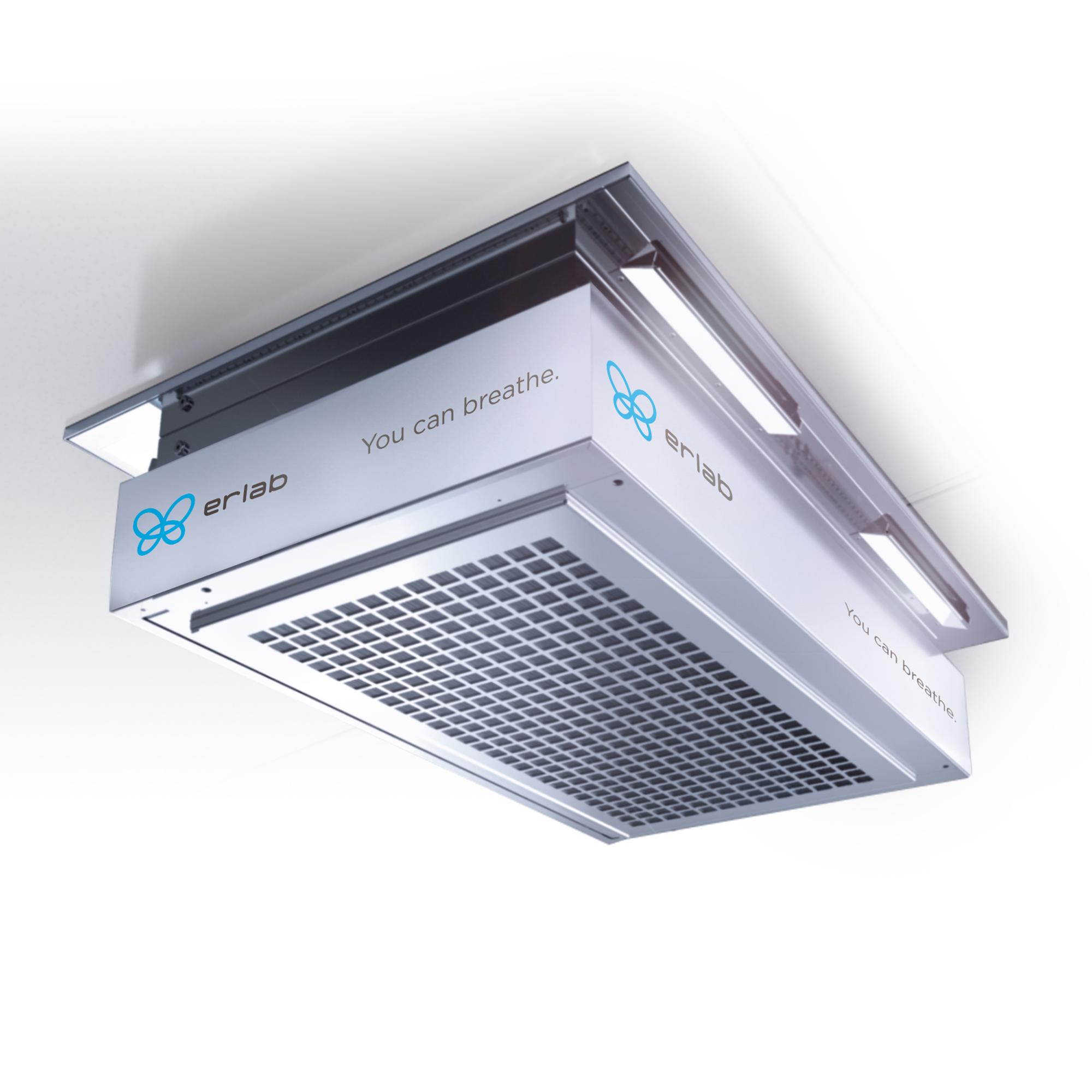
It starts with 53 years of experience in air filtration for the protection of laboratory personal against some of the harshest chemical usage in the world, along with the understanding of preferential pass through, air flow patterns, VEFF, residency times and proper processed air flow volumes. This understanding is why the Halo is a ceiling mounted unit, as this is the best placement for capture efficiency and provides a flow pattern that drives contaminated air (suspended pathogens/particles) up away from the breathing zone, thus significantly reducing the risk of aerosolized transmission as well as the reduction of PM 2.5, which is a contributing factor to sick building syndrome (SBS).
We stand by our Halo HEPA as the best commercial solution for the mitigation of COVID-19 and other viruses. Halo HEPA provides 24/7 room level mitigation with medical / laboratory grade H14 HEPA filtration capturing virus nuclei at the source of contamination.
For a comprehensive comparison list of what the three most popular commercial air filtration/COVID eliminating(?) products can’t do see our Placebo Solutions comparison chart.


